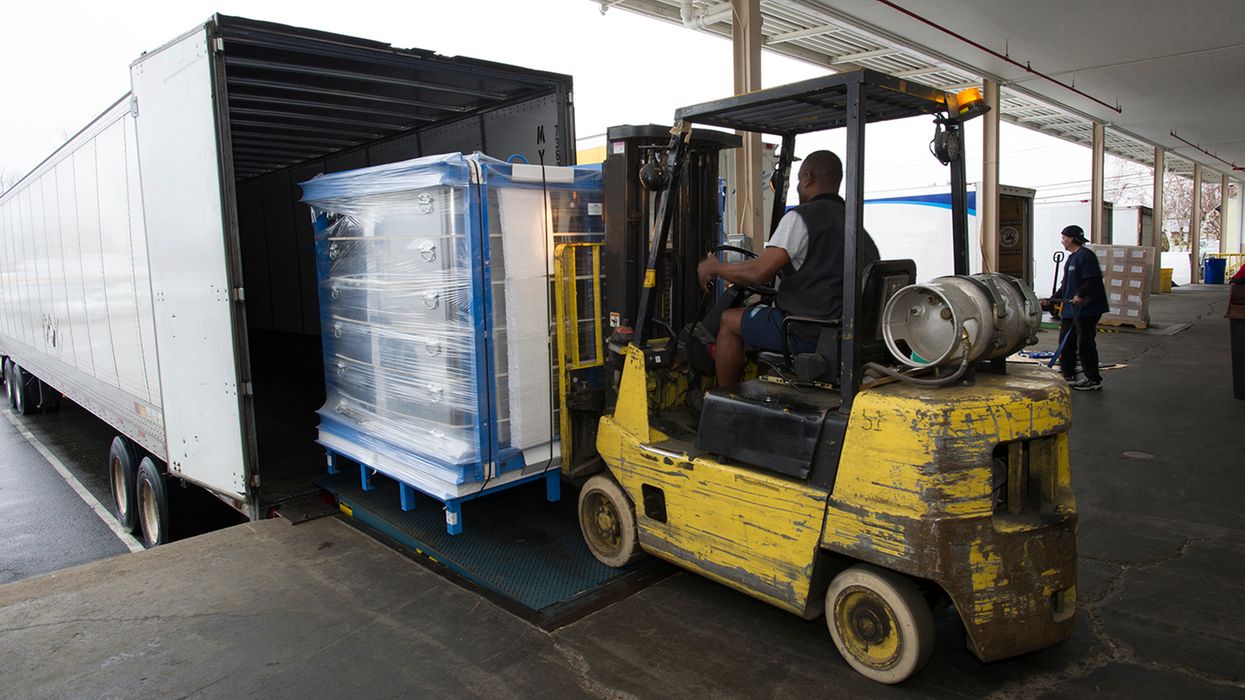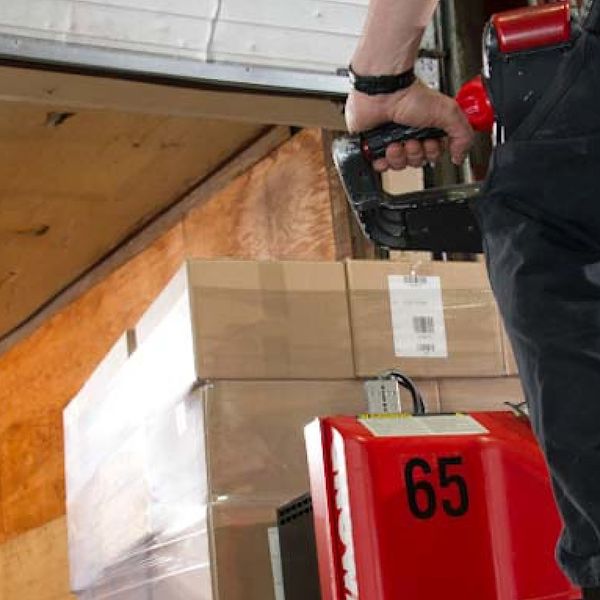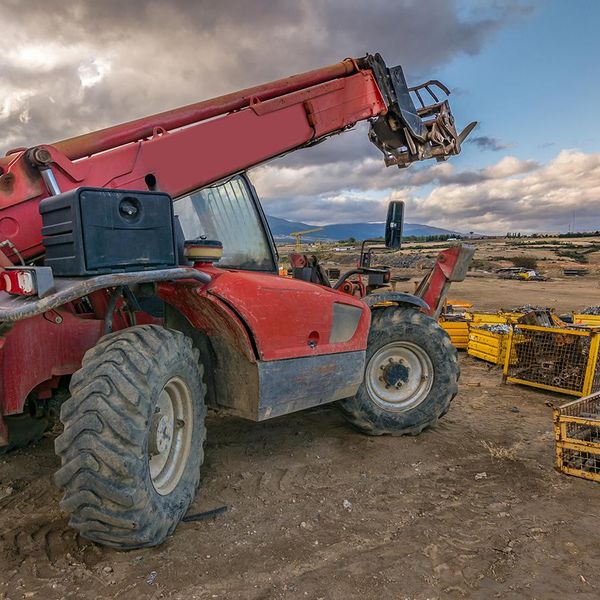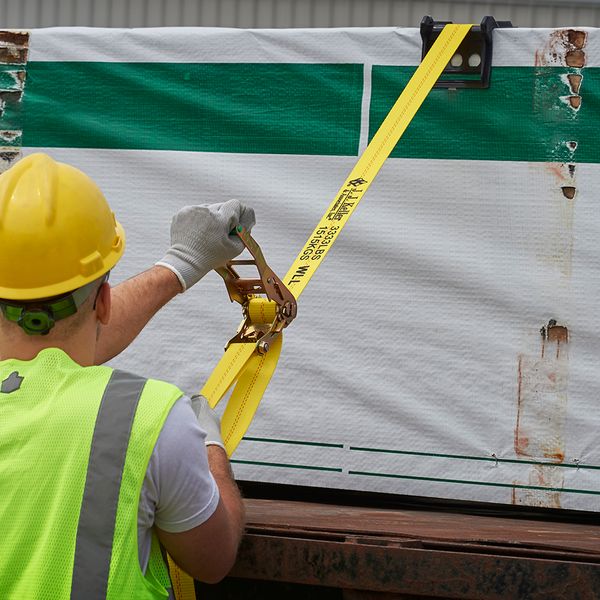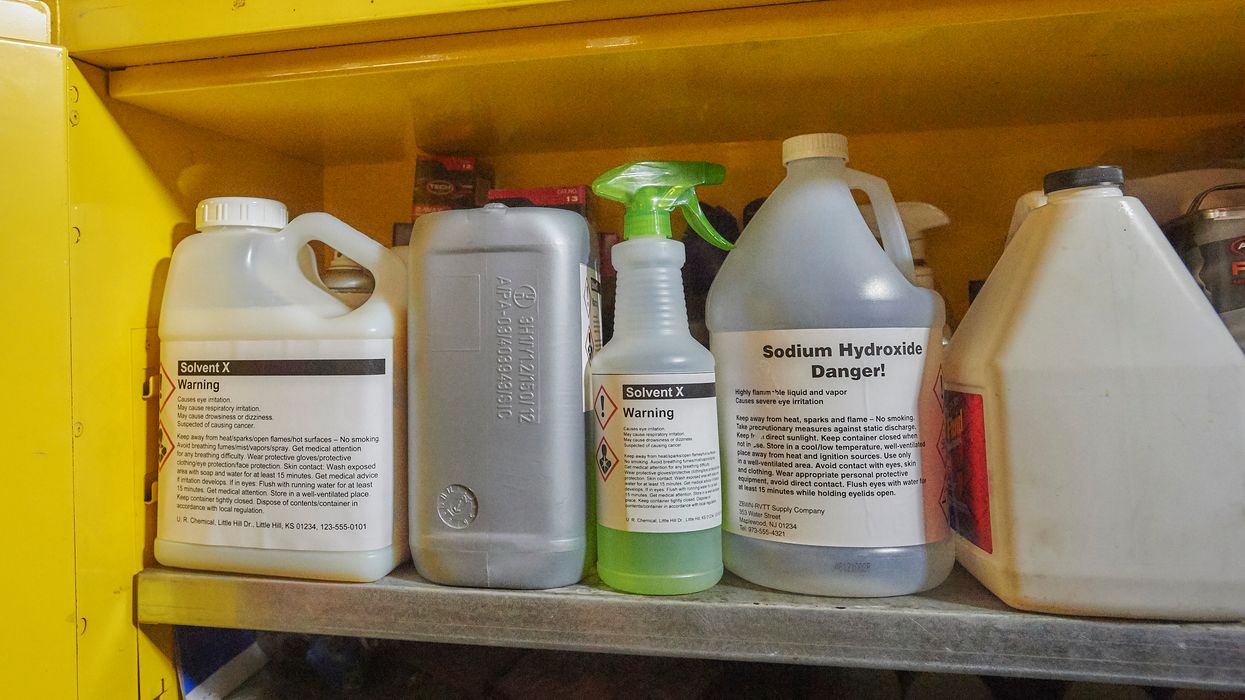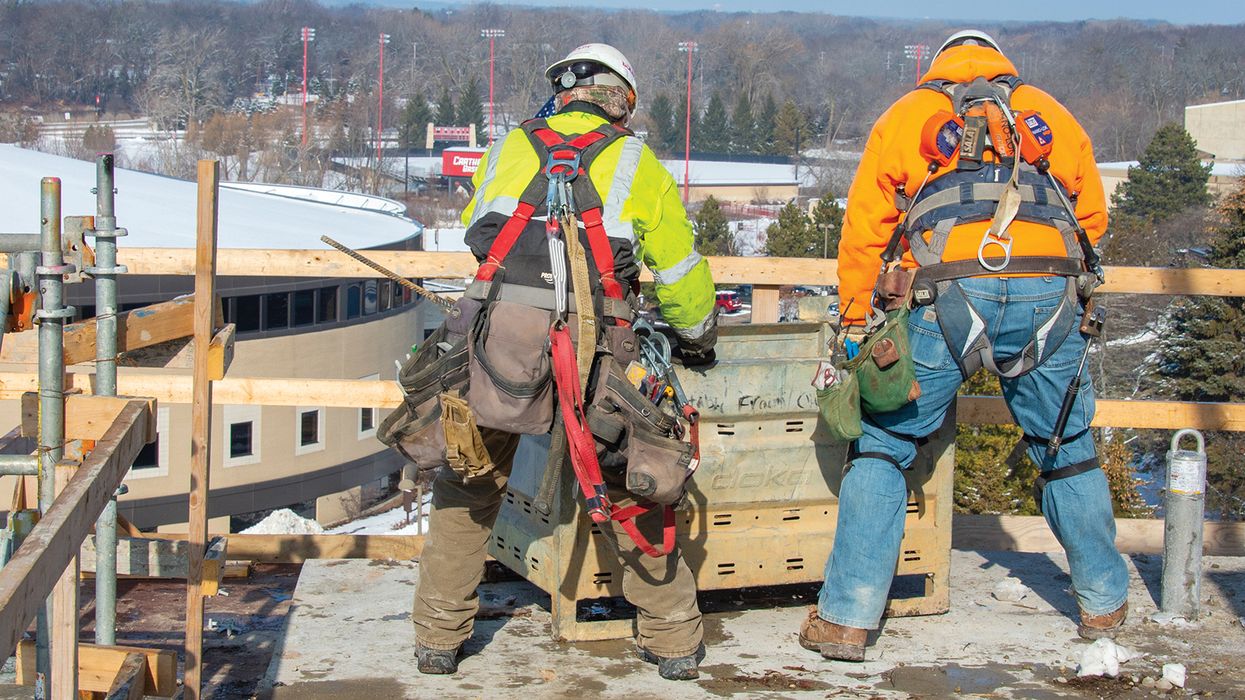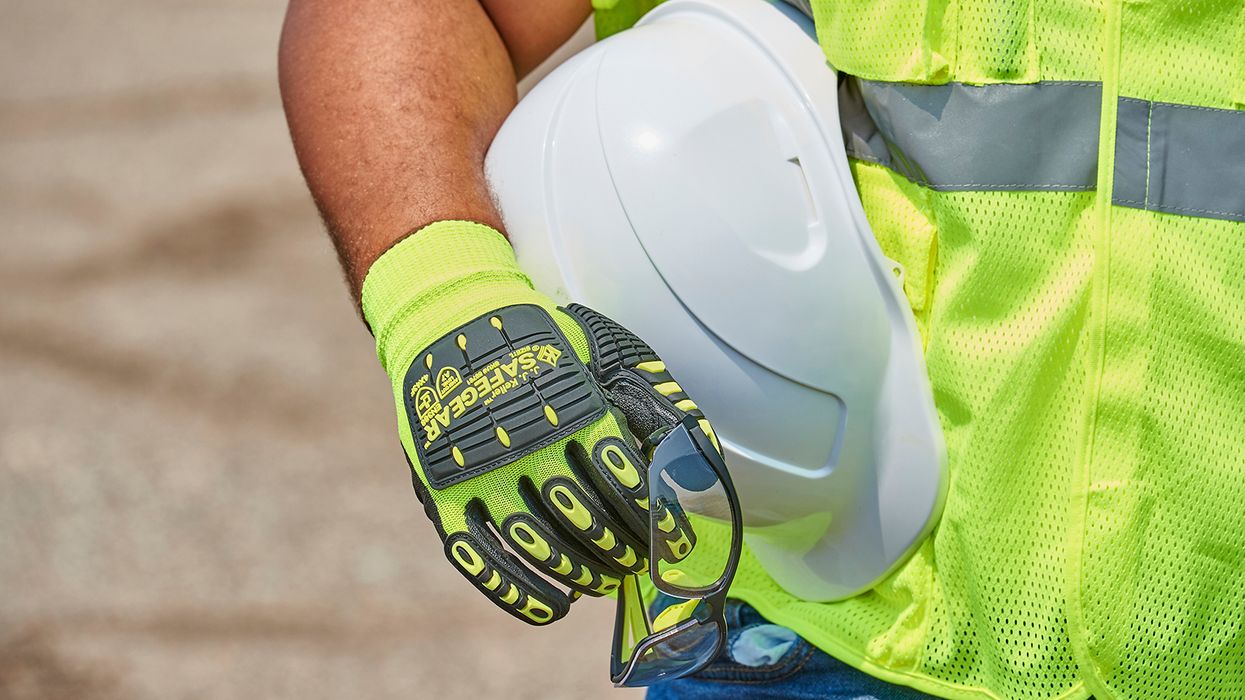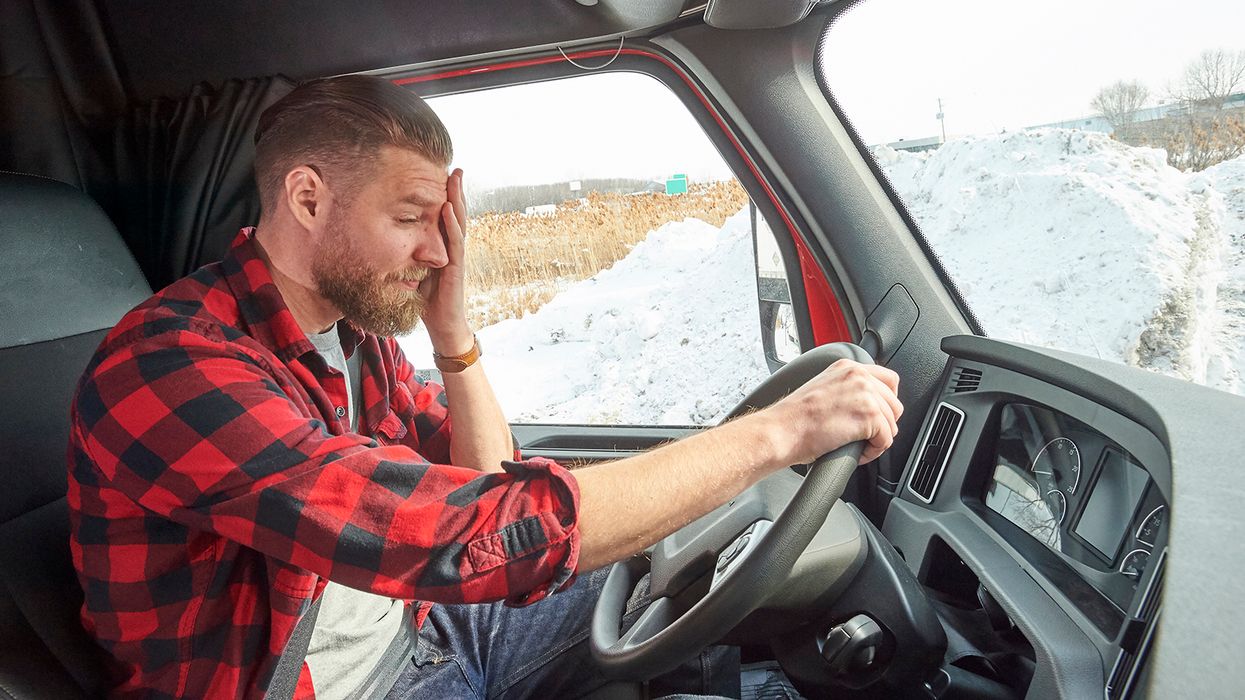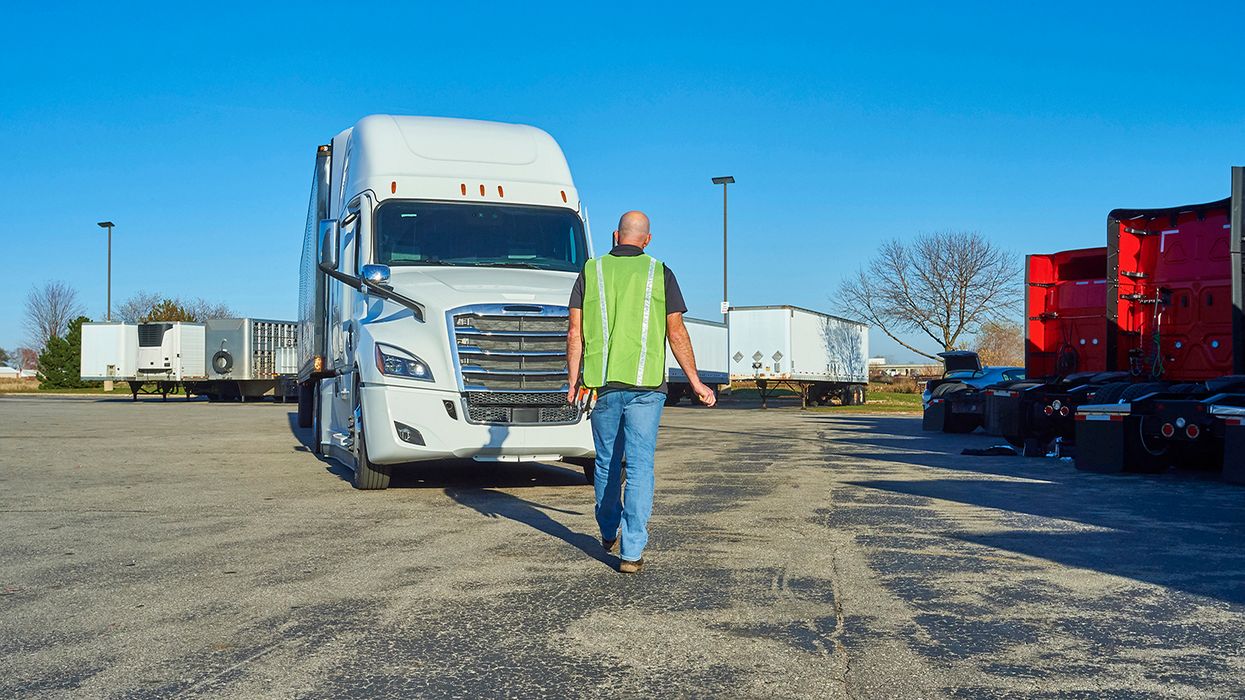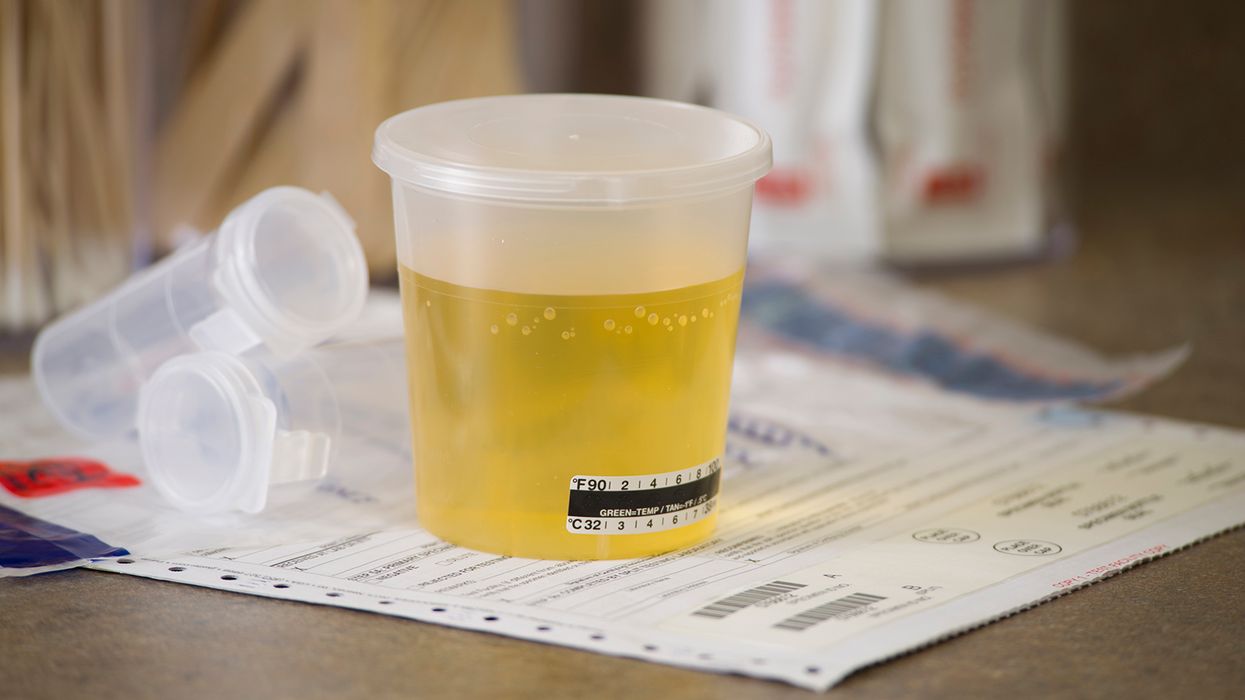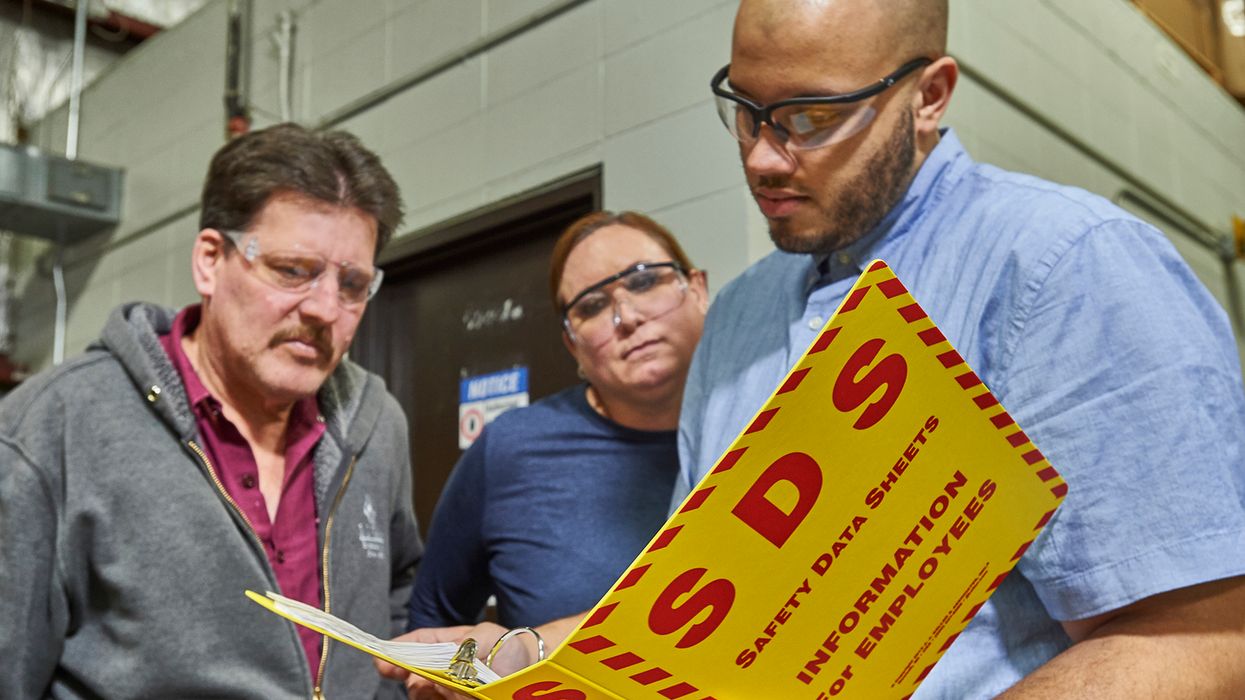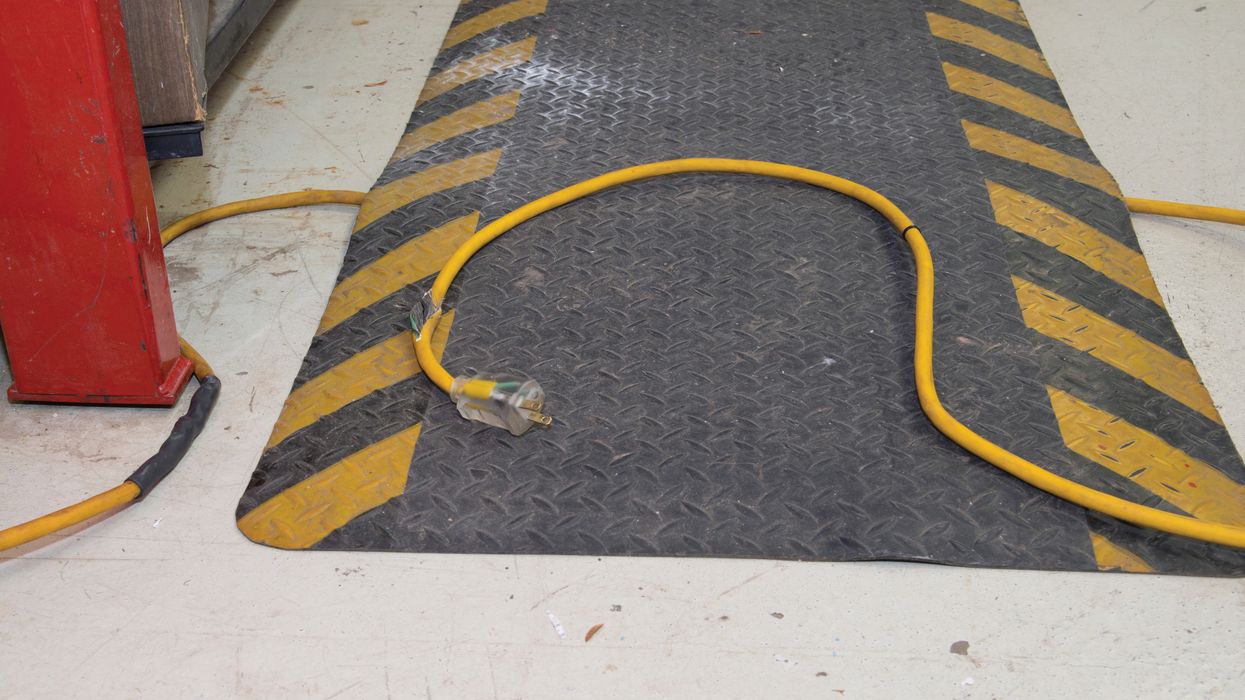Prevent hiccups at pickups and deliveries through site evaluations
How “user friendly” are your customers’ shipping and receiving sites? To help identify potential safety and logistics issues at a customer’s location, consider sending a safety evaluator to new recurring business or dedicated route for a site assessment.
Communication tool for drivers
This assessment should be included in the customer’s profile when dispatching, so a driver knows what to expect. For instance, the driver may need to know that entrance into a receiving dock is on a specific street, and it is a left turn into the facility.
The driver may need to know that the customer:
- Requires specific personal protective equipment;
- Has check-in procedures (e.g., electronic messages); and
- Has bill of lading exchanges (electronic vs. hardcopy).
For recurring routes, this pertinent information is pushed out to the driver. Many carriers provide this information via a tablet or smart phone. For dedicated routes, it’s included in a route book that is kept in the vehicle. These insights into getting in and out of a site will prove invaluable when using a relief driver.
Re-evaluate sites when necessary
If your drivers communicate specific frustrations in the future for a location, your safety evaluator may need to update the site assessment and communicate the findings and suggested practices.
Site assessment tips
Consider the following assessment steps as you gather information for your dispatches:
- Map the safest entry into the facility without making left turns across traffic or backing into the facility from the street. Use a zoomed-in satellite image or street view. If there are no options to do this, explain the barriers to entering the facility.
- Take pictures or a video of the critical maneuvering spots for each location. Use dash-cam footage, if possible.
- Answer the following:
- What fixed objects, including buildings, pose a potential damage issue?
- Are personal cars on the property close enough that they could be struck while maneuvering? (Take pictures during the expected delivery window.)
- Would the location’s manager be willing to block off an area from allowing parked cars to resolve the above issue?
- Is there sufficient room to back into the dock with a 53-foot trailer?
- Would a 28-foot pup trailer or straight truck be needed to deliver to the location?
- Is the dock height adequate to avoid unsafe loading with a pallet jack or forklift?
- Is the dock angle adequate to avoid unsafe loading with a pallet jack or forklift?
- Is a liftgate required to deliver safely to this location?
- Will freezing temperatures cause additional issues with delivery into this location (e.g., traction when leaving the dock)?
- Will heavy rain cause issues with delivery into this location (e.g., an unpaved lot has the potential to be muddy)?
- Is there a cement pad on which the landing legs will rest for dropping trailers? If not, what concerns are there with respect to dropping trailers?
- Is there sufficient room to safely pull preloaded dropped trailers and to drop empty trailers?
- Is there a spotting service onsite? What is the name in case there is damage to your dropped trailers?
- Are you required to unhook after placing the trailer in the dock?
- Is a sign or other warning device placed in front of the trailer?
- Are dock locks used?
- Is a red-light/green-light warning used?
- Is the driver or is a location worker required to place the chocks under the trailer?
- What are the communication procedures to give the driver the approval to pull out of the dock?
Key to remember: To ensure the safest and most efficient pickups and deliveries, your drivers must know what to expect at a customer’s site. An assessment by your carrier is the only means to learn these details.

